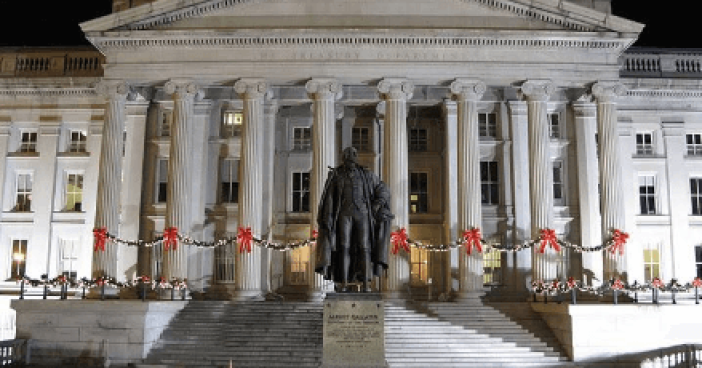My first writings on this topic focused on the timeline of historic preservation in the U.S., with Joni Mitchell’s Big Yellow Taxi written and performed in 1970. As stated in that discussion, it was not the beginning of historic preservation in the U.S. That honor goes to Theodore Roosevelt in 1906 when he urged Congress to pass the Antiquities Act. About 30 years passed before Congress really started thinking about preservation again. Of course, a world war and the Great Depression may have distracted the country from non-essential legislation.
By 1935, Congress formed the Historic Sites Act that established a national policy for preservation. One of the valuable portions of the act was the establishment of the Historic American Building Survey (HABS) to provide program jobs for architects, engineers, and surveyors who suffered from a lack of work during the Great Depression era. Their job was to record, document, interpret, and survey historic properties. While the goal may have been job creation, it also established a template for recordation, evaluation and preservation of important historic structures across America.
The National Historic Preservation Act (NHPA) was signed into law by Lyndon B. Johnson on October 15, 1966 as a part of his Great Society program. The NHPA forms the modern framework for historic preservation in America, and it’s regulations and guidance are used to this day as the framework of analysis and protection and preservation of our cultural resources. It established several institutions: Advisory Council on Historic Preservation, State Historic Preservation Office, National Register of Historic Places, and the Section 106 review process.
framework for historic preservation in America, and it’s regulations and guidance are used to this day as the framework of analysis and protection and preservation of our cultural resources. It established several institutions: Advisory Council on Historic Preservation, State Historic Preservation Office, National Register of Historic Places, and the Section 106 review process.
The National Register of Historic Places is the nation’s official list of districts, sites, buildings, structures, and objects worthy of preservation and are officially designated “historic properties” regardless of whether they are archaeological or historic. To be eligible for listing, a property must meet one of four criteria and have sufficient integrity. Being listed on or eligible for listing on the National Register does not automatically prevent damage or destruction but it qualifies these approved properties for grants, loans, and tax incentives.
Section 106 of the National Historic Preservation Act mandates that federal agencies undergo a review process for all federally funded and permitted projects that will impact sites listed on, or eligible for, listing on the National Register of Historic Places. State laws have similar functions and guidelines when there are no federal agency involvement. The goal of Section 106 consultation is to require any federal agency whose project, funding or permit may affect a historic property – both those listed or eligible for inclusion in the National Register of Historic Places – to consider the effects on historic properties and “seek ways to avoid, minimize or mitigate” any adverse effects on historic properties. It allows interested parties (this could be anyone) an opportunity to comment on the potential impact projects may have on significant archaeological or historic sites.
The federal agency (or state agency) overseeing the project inventories the project area (or contracts with a qualified consultant such as FirstCarbon Solutions’ team of cultural resources management experts) to determine the presence or absence of historic properties. They then submit to the State Historic Preservation Officer (SHPO) a Determination of Effect/Finding of Effect (DOE/FOE) outlining the project, the efforts taken to identify historic properties, and what effects, if any, the project may have on historic properties. If the project is believed to have no adverse effect on eligible historic resources and the SHPO and her consulting resources are satisfied with the Determination, then the next steps for granting a go-ahead on the project can begin.
If an adverse effect is expected, the agency is required to work with the local State Historic Preservation Office to ensure that all interested parties are given an opportunity to review the proposed work and provide comments. This step seeks ways for the project to avoid having an adverse effect on historic properties. Without this process, historical properties would lose significant protection. The process, while complex, is effective and only minor changes to the NHPA have occurred over the last 47 years.
The goal of this whole process on Historic Preservation is to ensure that we don’t find ourselves in the situation often experienced throughout the world – of realizing the importance of something only after it has been destroyed because we didn’t take the time to think about what it meant to people and what it currently means to our understanding of ourselves. Don’t let us get to the refrain to the Joni Mitchell song:
“Don’t it always seem to go that you don’t know what you’ve got ’til it’s gone; they paved paradise and put up a parking lot”.
If you would like to speak to one of FirstCarbon’s experts on historic and cultural resources management, click the link below:





